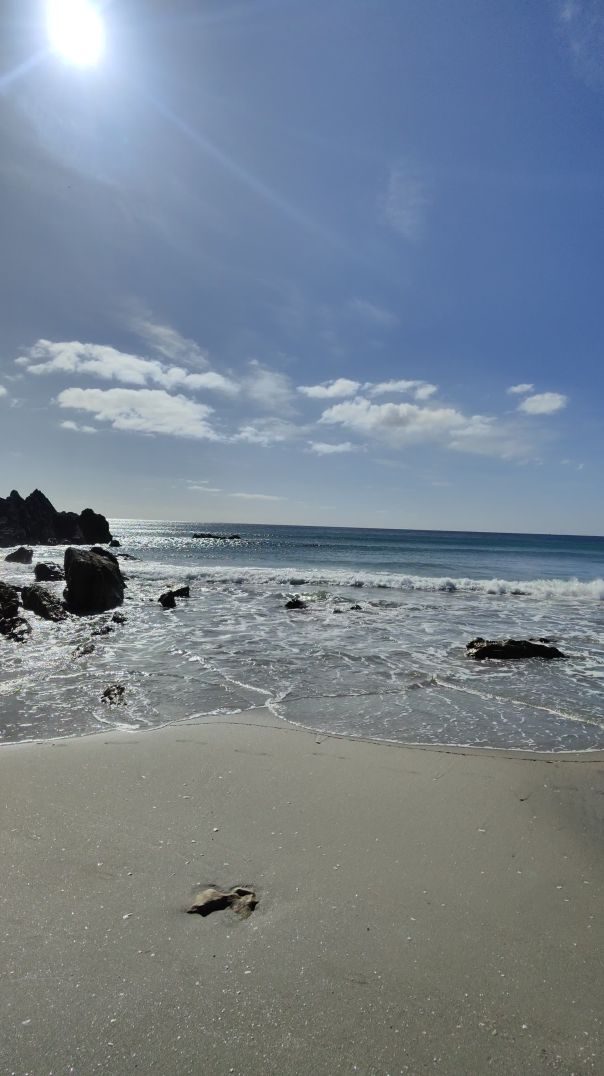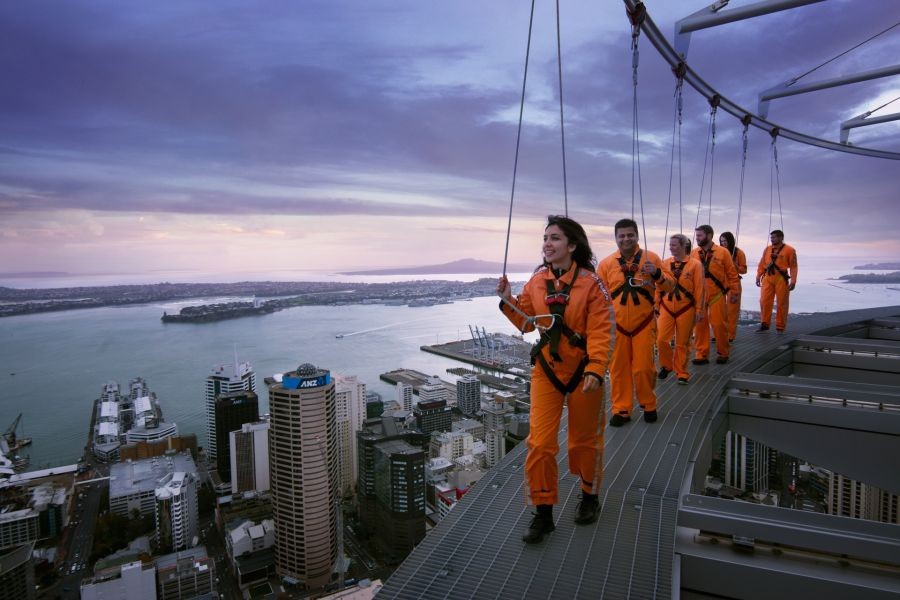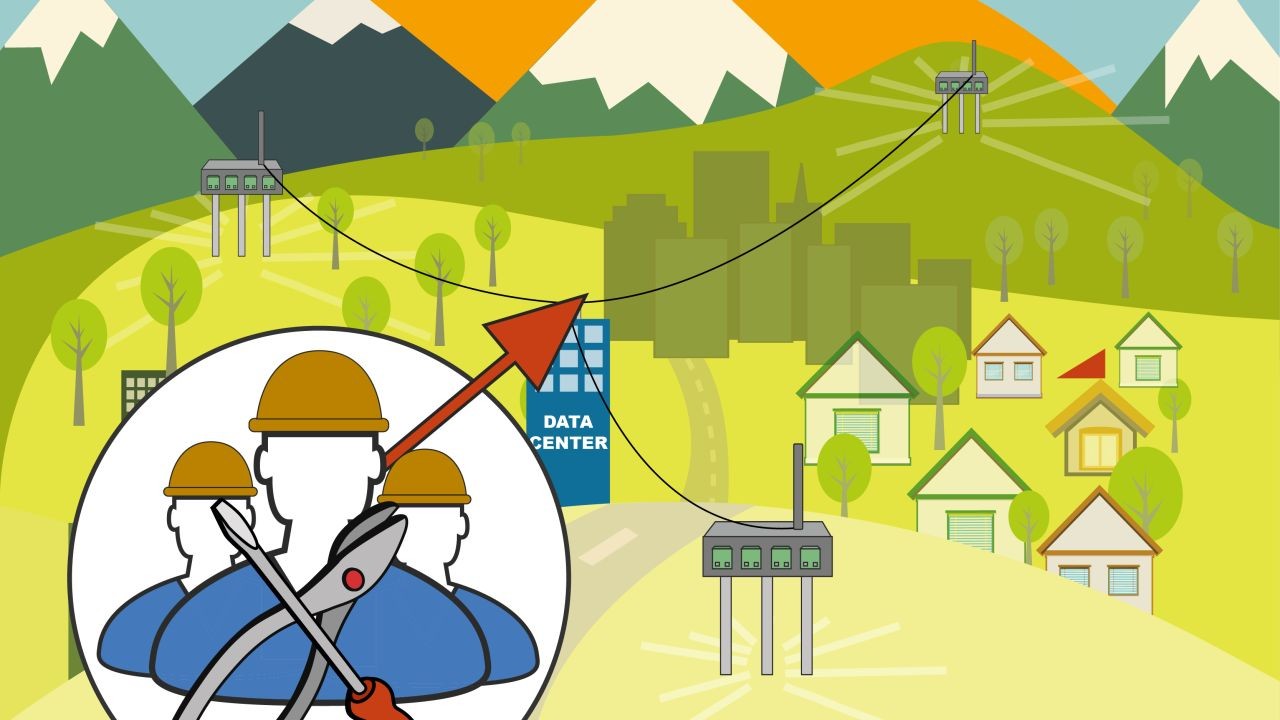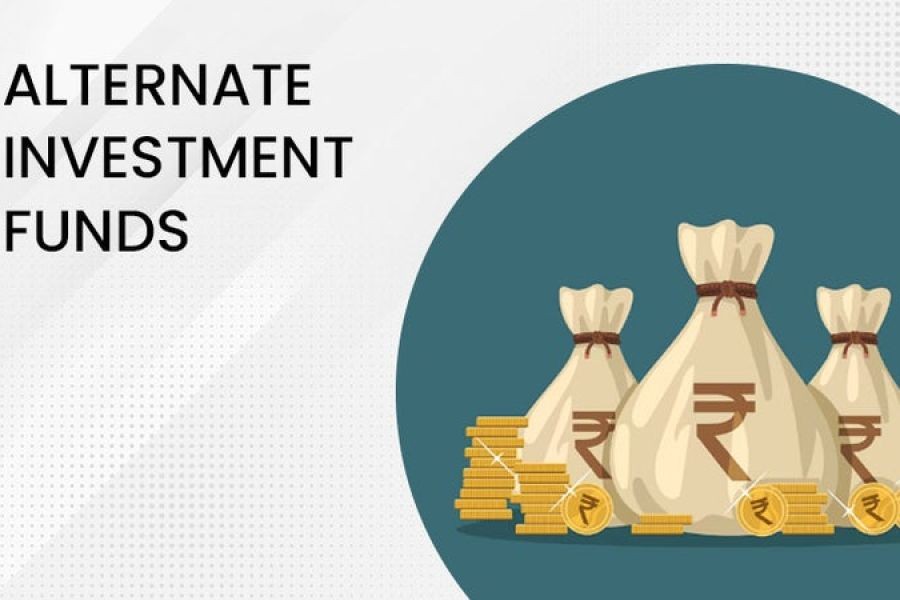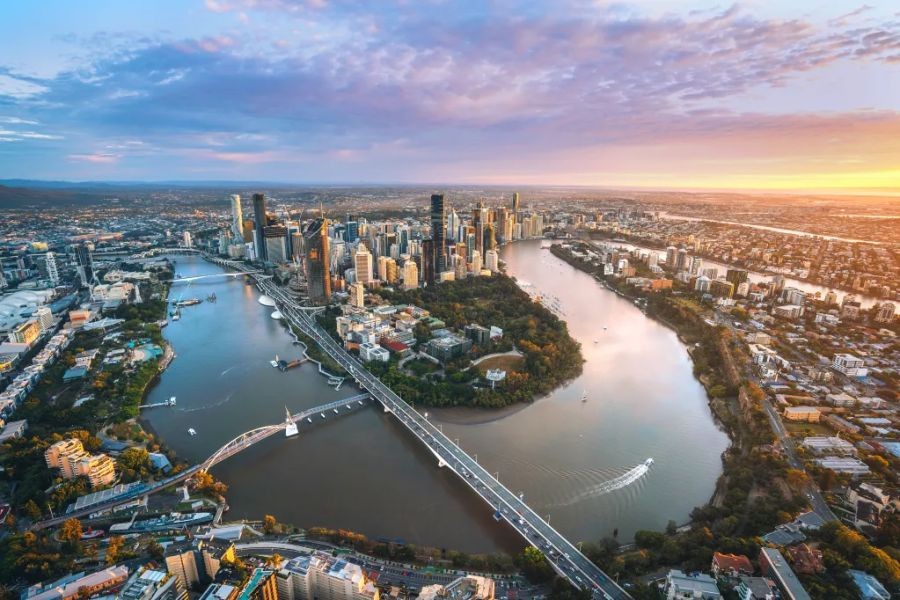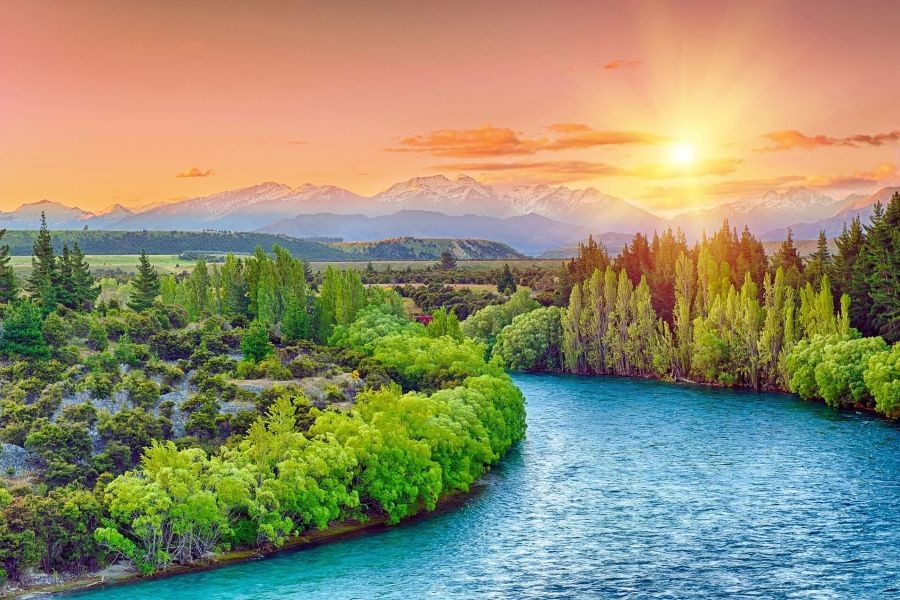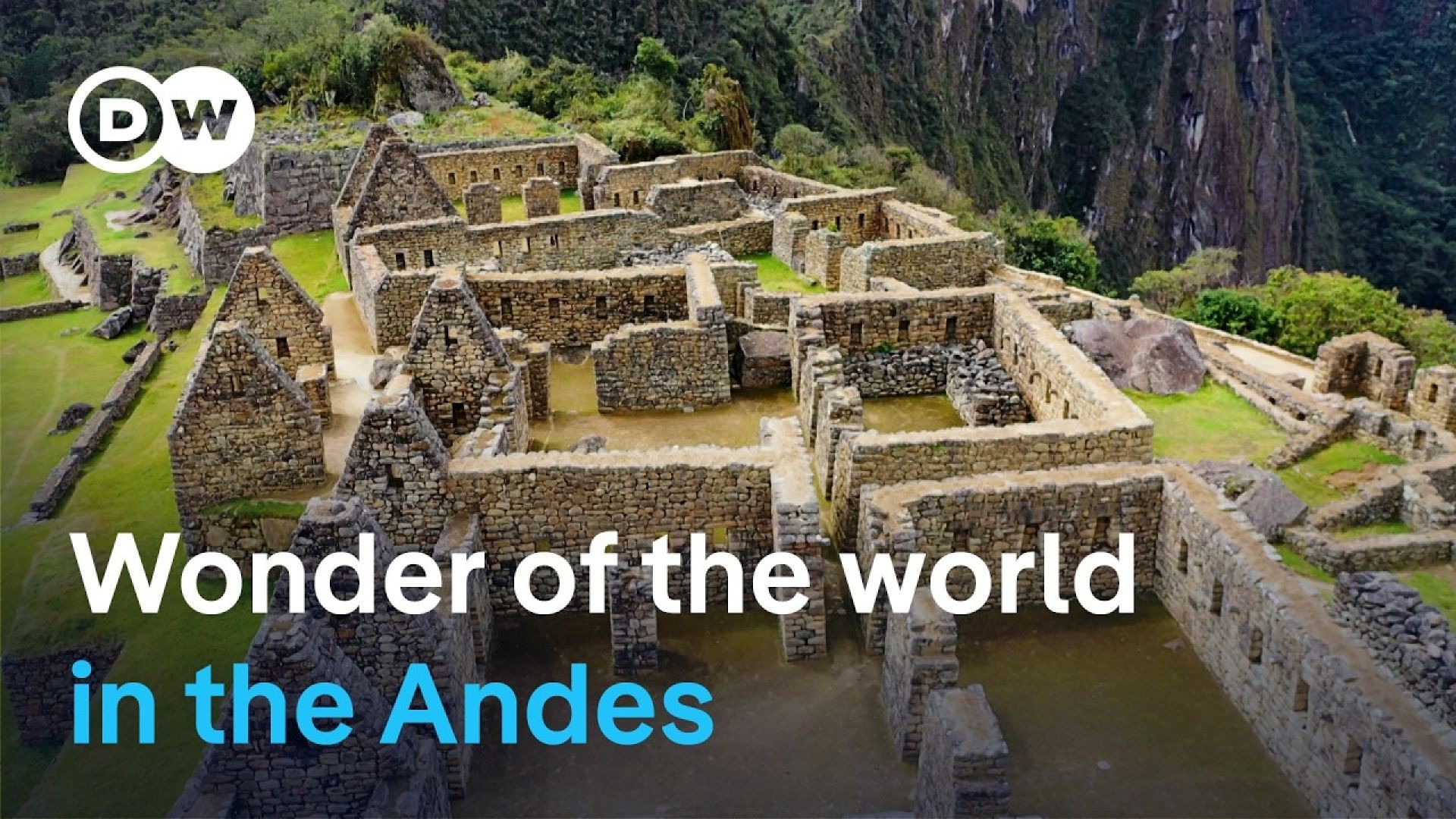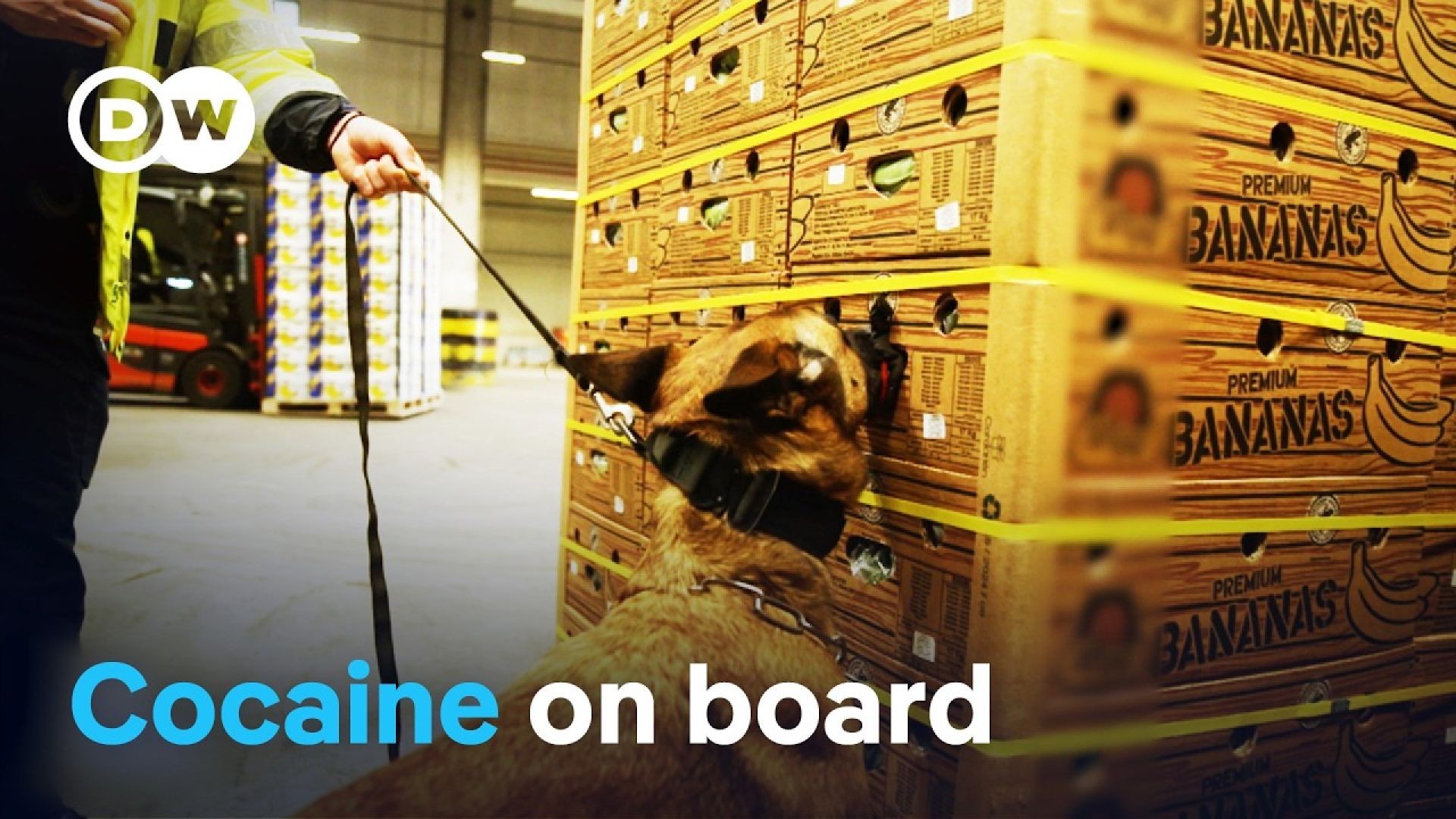In the heart of the South Pacific lies New Zealand, a country celebrated for its breathtaking landscapes and vibrant culture. Yet, beneath the beauty of its popular tourist attractions lurk hidden costs that impact both the economy and the environment. As tourism continues to be a significant contributor to New Zealand's GDP, understanding these costs is crucial for sustainable growth. In 2019, tourism contributed approximately 5.8% to the nation's GDP, according to Stats NZ. However, the influx of visitors also strains local resources, leading to economic and environmental challenges. What are the hidden costs of New Zealand's beloved tourist spots, and how can they be managed for future prosperity?
The Economic Impact of Tourism in New Zealand
Tourism is a double-edged sword. While it fuels the economy, it also imposes hidden costs. A report by the Ministry of Business, Innovation and Employment (MBIE) highlighted that while international tourism generated $17.5 billion in revenue in 2019, the costs associated with infrastructure development, environmental degradation, and cultural erosion are often overlooked.
Infrastructure Strain
Popular destinations like Queenstown and Rotorua face significant infrastructure challenges. The surge in tourist numbers demands robust transport systems, accommodation, and public facilities. For instance, Queenstown's airport reported a 20% increase in passenger numbers in 2019, leading to congestion and the need for costly expansions.
Environmental Degradation
The pristine landscapes of New Zealand are under threat from over-tourism. Sites like the Tongariro Alpine Crossing experience heavy foot traffic, causing soil erosion and habitat disruption. The Department of Conservation reported that in 2018, over 140,000 hikers traversed the crossing, far exceeding the sustainable limit. This not only jeopardizes the environment but also diminishes the visitor experience.
Case Study: Milford Sound – A Balancing Act
Milford Sound, often dubbed the "eighth wonder of the world," serves as a prime example of tourism's hidden costs. This fjord attracts over 900,000 visitors annually, a figure that dwarfs the local population of less than 200.
Problem: Milford Sound's popularity has led to overcrowding, impacting both the environment and visitor satisfaction. The limited infrastructure struggles to accommodate the influx, leading to traffic congestion and increased waste. Action: To address these challenges, the local council introduced a cap on daily visitor numbers and invested in sustainable transport options, including electric buses and improved walking tracks. Result: Visitor numbers were reduced by 15% in the first year, while satisfaction ratings increased by 20%. The environmental footprint was also minimized, with waste generation reduced by 30%. Takeaway: Milford Sound illustrates the importance of sustainable tourism management. By balancing visitor numbers with environmental capacity, New Zealand can preserve its natural heritage while maintaining economic benefits.
The Cultural Implications of Tourism
Beyond economic and environmental impacts, tourism also affects Māori culture. The commercialization of cultural experiences can lead to cultural erosion and commodification. A study by the University of Auckland found that while Māori cultural tourism generates significant revenue, it often results in the dilution of traditional practices.
Pros vs. Cons of Cultural Tourism
Pros:
- Economic Benefits: Cultural tourism supports local economies, providing jobs and income.
- Cultural Exchange: It fosters understanding and appreciation of Māori culture among visitors.
- Preservation Efforts: Revenue generated can fund cultural preservation initiatives.
Cons:
- Cultural Erosion: Commercialization can lead to the loss of authenticity in cultural practices.
- Community Strain: Increased tourist numbers can overwhelm small communities.
- Resource Allocation: Resources may be diverted from essential services to support tourism.
Myths and Misconceptions
Several myths surround the tourism industry in New Zealand, often obscuring the true costs involved.
Myth: "More tourists equal more economic benefits."
Reality: While tourism boosts the economy, it also incurs costs related to infrastructure and environmental management, which can offset economic gains.
Myth: "Tourism does not affect local communities."
Reality: Tourism can strain local resources and alter community dynamics, affecting residents’ quality of life.
Myth: "Cultural tourism is always beneficial for indigenous communities."
Reality: Without careful management, cultural tourism can lead to cultural dilution and exploitation.
Future Trends and Predictions
Looking ahead, New Zealand's tourism industry faces several challenges and opportunities. The adoption of sustainable tourism practices is crucial. According to a report by Deloitte, by 2028, sustainable tourism could account for 50% of all tourism activities in New Zealand, driven by increasing environmental awareness and regulatory changes.
Moreover, technological advancements, such as virtual reality (VR) experiences, could reduce the physical impact on tourist sites while still offering immersive cultural experiences. The integration of technology with tourism presents an opportunity for New Zealand to lead in sustainable tourism innovation.
Conclusion
The hidden costs of New Zealand's popular tourist attractions are significant, impacting the economy, environment, and culture. However, with strategic management and sustainable practices, these costs can be mitigated. As New Zealand continues to welcome visitors from around the world, it's imperative to strike a balance between economic growth and the preservation of its unique heritage and environment. What are your thoughts on the sustainability of New Zealand's tourism industry? Share your insights below!
People Also Ask (FAQ)
How does tourism impact New Zealand's economy?
Tourism is a major contributor to New Zealand's GDP, generating $17.5 billion in 2019. However, it also incurs hidden costs related to infrastructure and environmental management.
What are the biggest misconceptions about tourism in New Zealand?
A common myth is that more tourists always equate to more economic benefits. In reality, the costs of managing infrastructure and environmental impacts can offset these gains.
Related Search Queries
- New Zealand tourism sustainability
- Hidden costs of tourism
- Environmental impact of tourism in New Zealand
- Māori cultural tourism challenges
- Future of tourism in New Zealand




